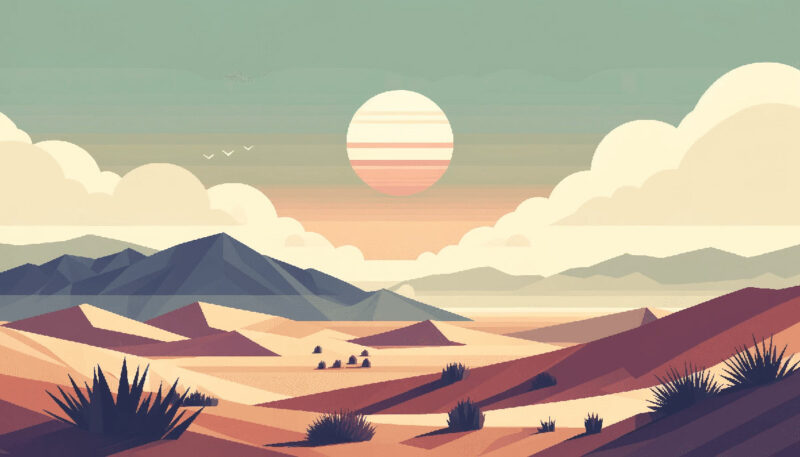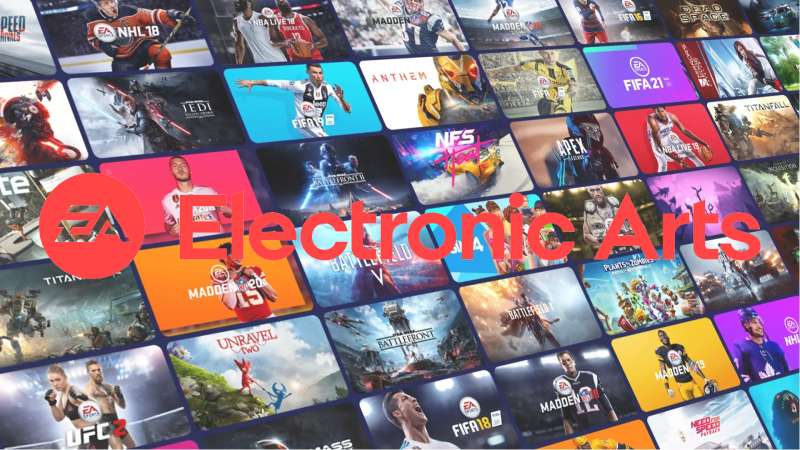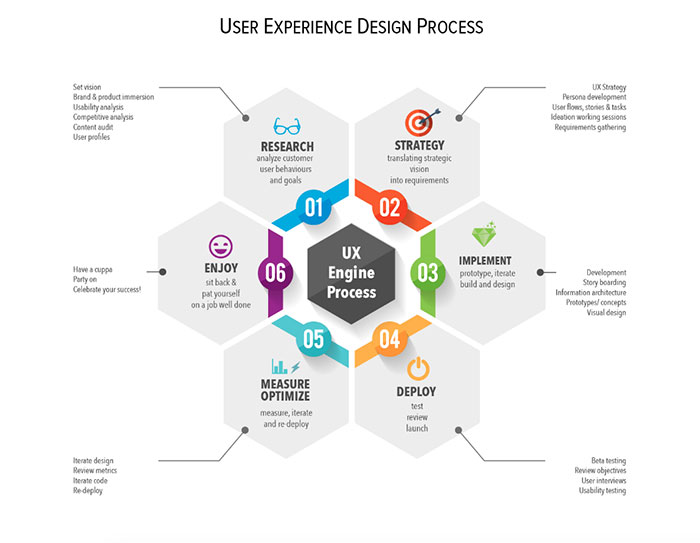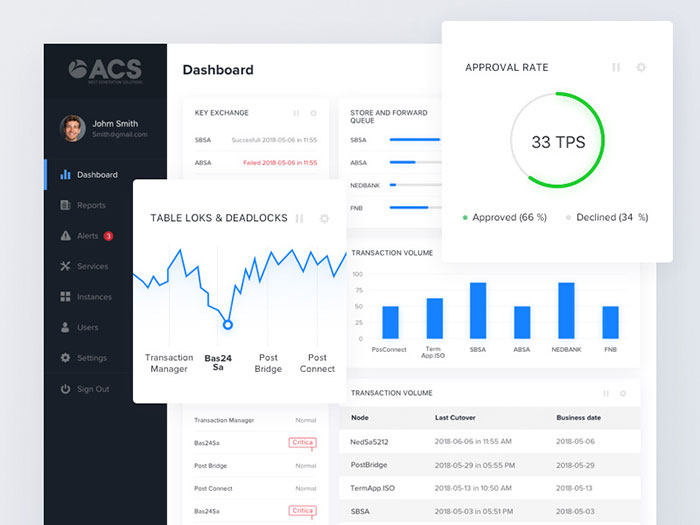Imagine carving a path where every click shapes the future, where your creativity crafts experiences that resonate—this is the heart of UX design. It’s a realm where psychology, technology, and art converge.
You’re here because, like me, you’re drawn to this fusion, eager to weave user stories into digital tapestries.
Embarking on the journey to become a UX designer means more than just learning to arrange pixels. You’re diving into the deep end of user research, mastering the design thinking process, and fine-tuning the human-computer interaction that makes or breaks products.
Today’s guide is a map to this territory, a blueprint drawn from the trenches of wireframing, prototyping, and usability testing.
You’ll exit armed with actionable insights: from polishing a standout UX portfolio to decoding the UX job market trends.
Let’s unravel the secrets behind the user experience, stitch by digital stitch.
Career Prospects in UX Design
Thinking about how to become a UX designer?
Great choice!
The demand for UX designers is skyrocketing. In this age of digital transformation, companies need UX designers to create satisfying experiences for their users.
You see, every business wants to make its digital platforms user-friendly, engaging, and easy to navigate. That’s where we, UX designers, step in. It’s our job to make sure the user’s journey is as smooth as possible. The need for that is only growing, making UX design a pretty solid career choice.
You could end up working in all sorts of industries.
Tech companies, advertising agencies, freelance gigs, start-ups – the world’s your oyster!
Plus, you’re continually learning and adapting because technology and user needs don’t stand still. It keeps things exciting, trust me.
Understanding the Role of a UX Designer

Life as a UX designer is all about solving problems and making things better for users. On any given day, you might be doing a ton of different things.
You could be sketching out a new app’s layout, having brainstorming sessions with your team, or sitting in a coffee shop, watching how people interact with their phones for user research. Some days, you might be nose-deep in user data, figuring out why users leave a webpage too quickly.
At the heart of it, your job is to put yourself in the user’s shoes, understand their needs, and design a product that’s easy and enjoyable for them to use. It’s a mix of creativity, empathy, and a good understanding of technology.
Key Skills Required for a UX Designer
Now, if you’re thinking about how to become a UX designer, there are a few essential skills you’ll need.
First, you’ve got to be a good problem solver. You’ll be dealing with user issues and figuring out how to make their experience better.
You should also be a keen observer. The more you understand about how people interact with products, the better you’ll be at designing user-friendly experiences.
Creativity is key too. You’ll be designing new layouts, interfaces, and interactions, after all.
It’s also super important to have good communication skills. You’ll be working with a team, presenting your ideas, and often talking to users to understand their needs.
Finally, you’ll need a good understanding of technology and design tools. You don’t have to be a whiz at every single design software out there, but knowing the basics of programs like Sketch, or Figma is a good place to start.
Debunking Common Myths about UX Design
Just to set things straight, let’s bust a few myths about UX design.
Myth 1: “UX design is all about making things look pretty.” Nope, it’s not just about the visuals. It’s about making a product easy to use, meet the user’s needs, and offer a memorable experience.
Myth 2: “You need to be an artist to be a UX designer.” Not really. While creativity is essential, you don’t need to be a Picasso. It’s more about understanding users and solving their problems.
Myth 3: “UX design and UI design are the same.” While they’re closely related and often confused, they’re not the same. UI, or User Interface, is more about the look and feel of a product. UX, on the other hand, is about the overall experience a user has with that product.
Myth 4: “UX designers work alone.” Quite the opposite! As a UX designer, you’ll often work with a team of other designers, developers, and stakeholders. Communication and teamwork are huge parts of the job.
Educational Pathways to Become a UX Designer
Relevant Degree Programs
While a degree isn’t a strict necessity to become a UX designer, it can definitely give you a solid foundation.
Degrees in fields like graphic design, computer science, or even psychology can be relevant.
Why these, you ask?
They help build a strong understanding of design principles, human-computer interaction, user behavior, and cognitive processes – all crucial in UX design.
Importance of a Degree in UX Design

While experience, skills, and a strong portfolio often hold more weight in the UX design world, having a degree can certainly add to your credibility.
It can show potential employers that you’ve received formal education in the field, understand the fundamentals, and are committed to this career path.
If you want to get a UX Design Professional Certificate from Google, there’s an actual course for that on Coursera.
Why would you want that? What if I told you that there are over 138,000 open jobs in UX design with a median entry-level salary of $112,000?
Alternatives to Traditional Degree Programs
Of course, not everyone has the time or resources to invest in a full-fledged degree program.
That’s totally okay!
There are plenty of alternatives to traditional degree programs.
Self-Directed Learning and Other Training Options
Online Courses and Certifications
These days, there’s a wealth of online resources that can help you learn the ropes of UX design.
Websites like Coursera, Udemy, and LinkedIn Learning offer courses where you can learn at your own pace.
You can also consider getting certified from recognized institutions like Nielsen Norman Group or Interaction Design Foundation.
Bootcamps and Intensive Training Programs
If you’re looking for a more immersive learning experience, bootcamps might be your thing.
These are intensive training programs that usually last a few months. They provide a hands-on, project-based approach, often simulating real-world working conditions.
It’s like a crash course into the world of UX design.
Self-Directed Learning Resources
And don’t forget, there’s a ton of free resources online. Blogs, YouTube tutorials, podcasts, e-books – the list goes on.
Many experienced UX designers also share their knowledge and insights online, so there’s plenty to learn from.
Building a Strong Portfolio

A strong UX portfolio is like your golden ticket in the UX design world. It’s a showcase of your skills, creativity, and problem-solving abilities. Think of it as your visual CV.
In your portfolio, include a variety of projects to show your versatility. You could include web design projects, app design, case studies, and even personal projects. Remember, it’s not just about the final product. Show your process, how you identified problems, and how you solved them. This can really set you apart.
Make your portfolio as user-friendly as possible. Keep it clean, easy to navigate, and make sure your best work is front and center. A well-organized, visually appealing portfolio not only shows off your work but also shows you understand good UX.
Job Search and Career Transition
Preparing Effective Application Materials
When applying for jobs, make sure your resume is up to date, and tailor your cover letter to each specific job.
Highlight your relevant skills, experience, and why you’d be a great fit for the role. And of course, include a link to your portfolio.
Importance of Networking in UX Design
Networking can open up doors in your UX design career. Attend meetups, join online forums, and connect with other UX designers.
You never know when a job opportunity might come up, plus it’s great to learn from others in the field.
Preparing for UX Design Interviews
When you get to the interview stage, it’s all about showing your problem-solving skills, how you work with a team, and your passion for UX design.
Be ready to talk about your design process, share stories about how you’ve solved user problems, and answer some technical questions.
FAQ On How To Become A UX Designer
What Does a UX Designer Actually Do?
Think of a UX designer as someone who shapes the user experience. They dive deep into the user’s mind, aligning the usability of a product with the emotions and behaviors of those who will use it. They’re interaction designers, usability testers, all in one.
Do I Need a Degree to Become a UX Designer?
While a degree can be a solid foundation, it’s not the be-all and end-all.
It’s an asset, sure – especially in human-computer interaction or cognitive psychology – but with the right UX design tutorials and real-world practice, climbing the career ladder is possible without one.
What Skills Are Essential for a UX Designer?
A UX designer needs a versatile toolkit: creative problem-solving, empathy, and collaboration blend with technical skills like wireframing, prototyping, and using various design tools. Understanding user research methods sets the effective designers apart.
How Long Does It Take to Become a UX Designer?
It varies; some sprint through a UX design bootcamp and land a gig, while others marinate their skills with online courses or degrees for years. Think of it as a journey rather than a pit stop; there’s always a new design thinking process to grasp.
Can I Learn UX Design Online?
Absolutely. Online’s a treasure trove, ripe with UX design courses, tutorials, and interactive platforms. They’re flexible, often updated, and full of insights from industry pros. Many a UX mentorship program has sprouted from these digital seedbeds, too.
Are UX Designers in High Demand?
More than ever. Companies grasp the power of a great user experience; it’s not just a trend, it’s a market necessity. Digital products demand it, good branding relies on it, and the user base has come to expect the excellence a sharp UX designer can deliver.
Which Tools Should I Learn for UX Design?
Get cozy with frontrunners like Sketch, Adobe XD, Figma. They’re the bread and butter for creating sleek interfaces and plotting out user flows.
Also, don’t shy away from learning prototyping tools that can help convey interaction – they’re critical for that hands-on user research phase.
How Important is a Portfolio for a UX Designer?
It’s your billboard, your storytelling platform. It demonstrates your interaction design patterns, creative suite knowledge, and thought processes. Curate it with care, showing a breadth of projects and the design strategies you’ve employed.
Where Can I Find Work as a UX Designer?
Dust off the magnifying glass and hunt down opportunities across online job boards, tech meetups, and design conferences. Cast a wide net – freelancing platforms, digital product design firms, tech companies – the ecosystem’s rich with variety.
How Do I Stay Updated in the Field of UX Design?
Never stop learning; the field’s ever-evolving. Submerge yourself in blogs, design challenges, and subscribe to some of those nifty UX design podcasts. Community is key, so network up a storm and keep those experience design education gears turning.
Conclusion
Navigating the maze, we reached the last stretch. How to become a UX designer—it’s clear as day now, isn’t it? You’ve got the what, the why, the creative problem-solving clarity.
Here’s the wrap-up, a neat bow on the whole ensemble:
- You’ve armed yourself with UX design principles and interaction design basics.
- You’ve scoured the landscape for courses, tutorials, and the coveted UX design certification.
- Through user research and prototyping, you’ve honed an eye that can see through the user’s lens.
- You’re ready to craft user personas, test hypotheses in usability testing, and iterate like it’s second nature.
With this arsenal, you’re prepped for those entry-level UX jobs, for diving into UX design internships, or maybe freelancing your way into the limelight. So go ahead, stitch together that UX portfolio. You are the architects of experience, etching meaningful designs in the digital canvas of tomorrow.
- The Capcom Logo History, Colors, Font, And Meaning - 26 April 2024
- Earth Color Palettes Grounded in Nature: 40 Examples - 26 April 2024
- The EA Logo History, Colors, Font, And Meaning - 25 April 2024









